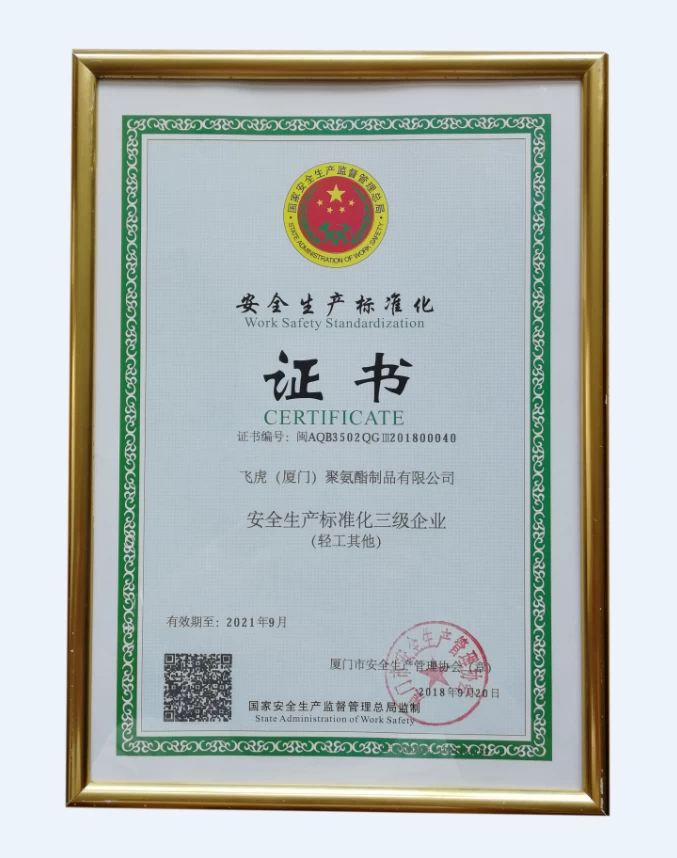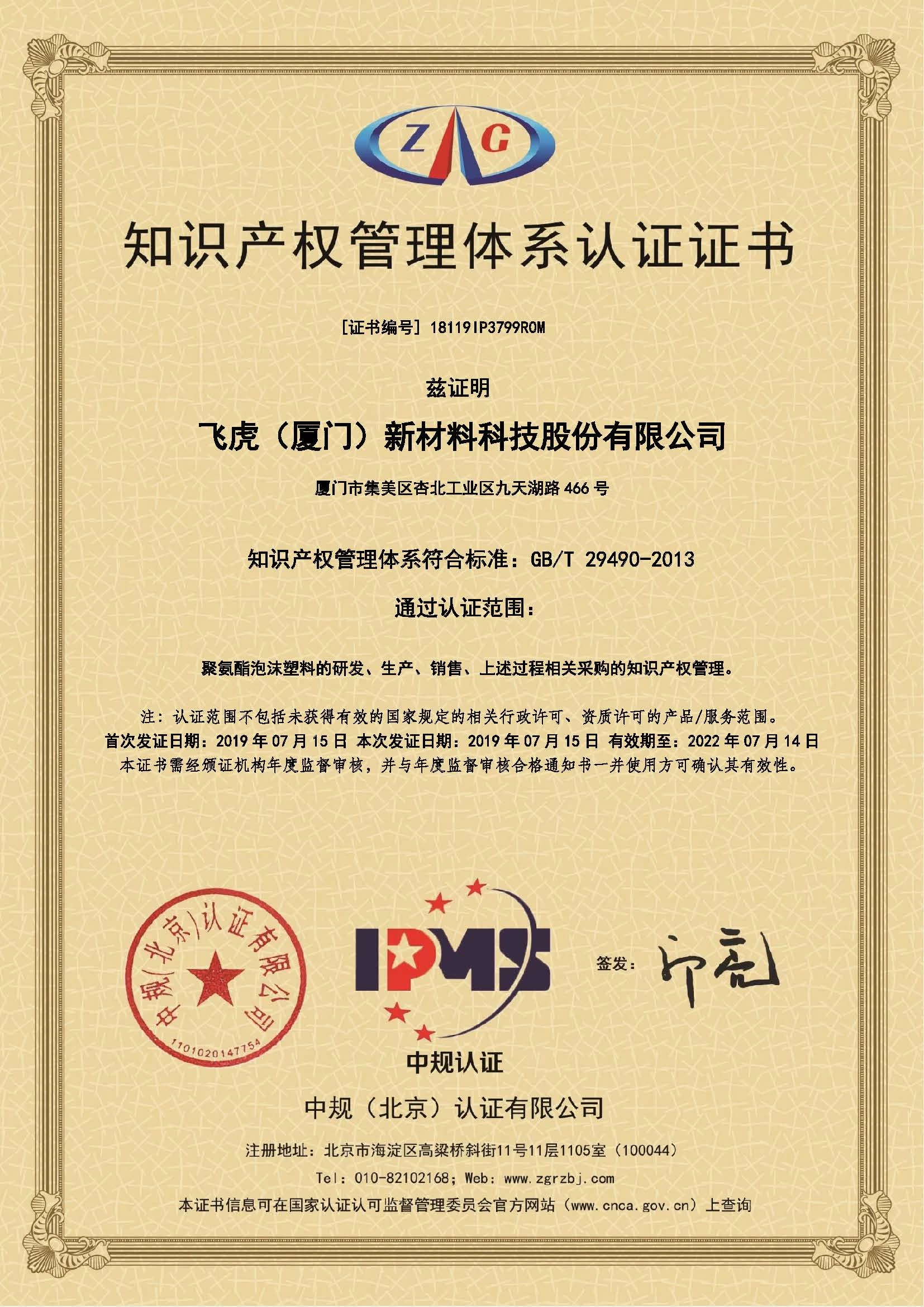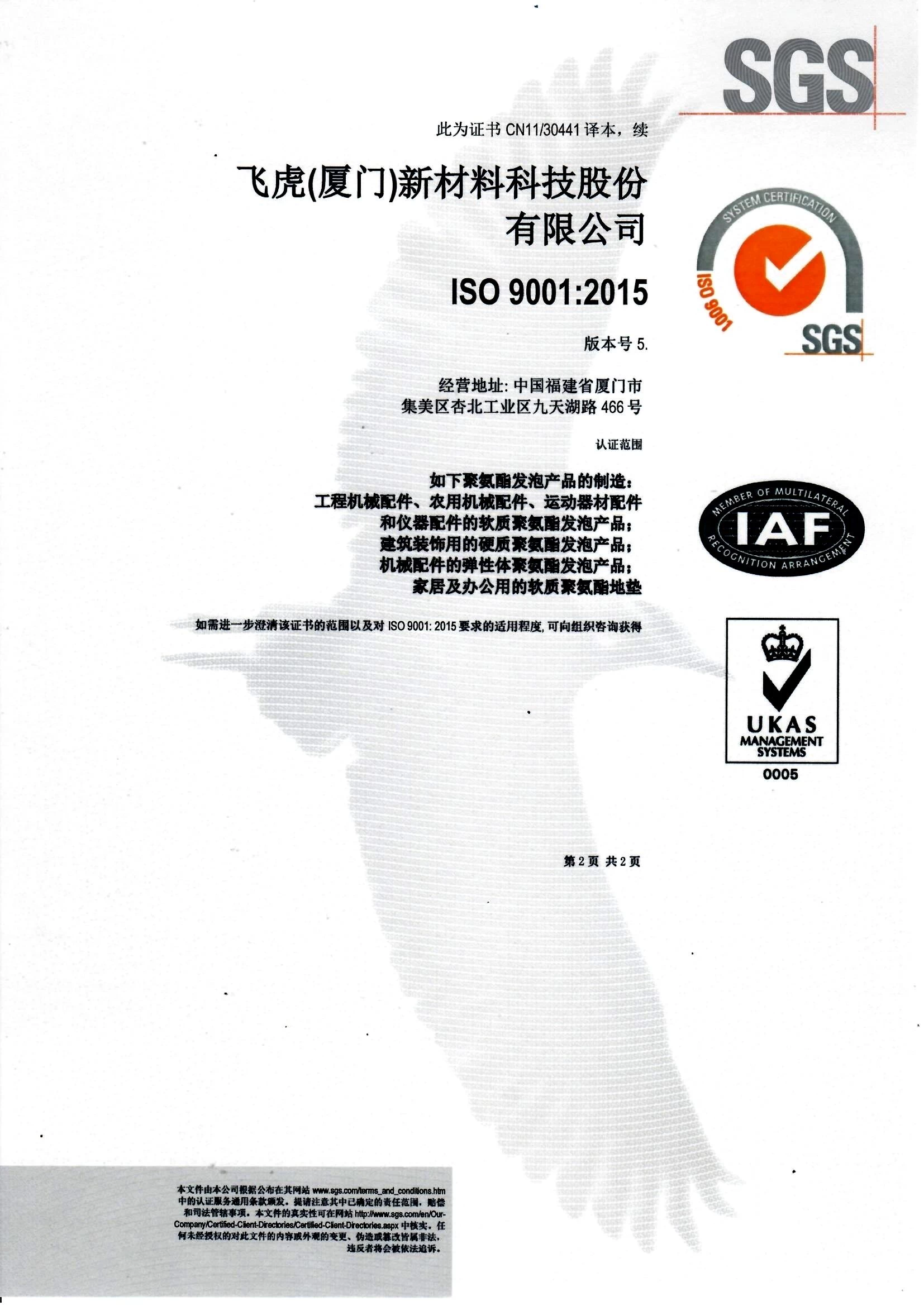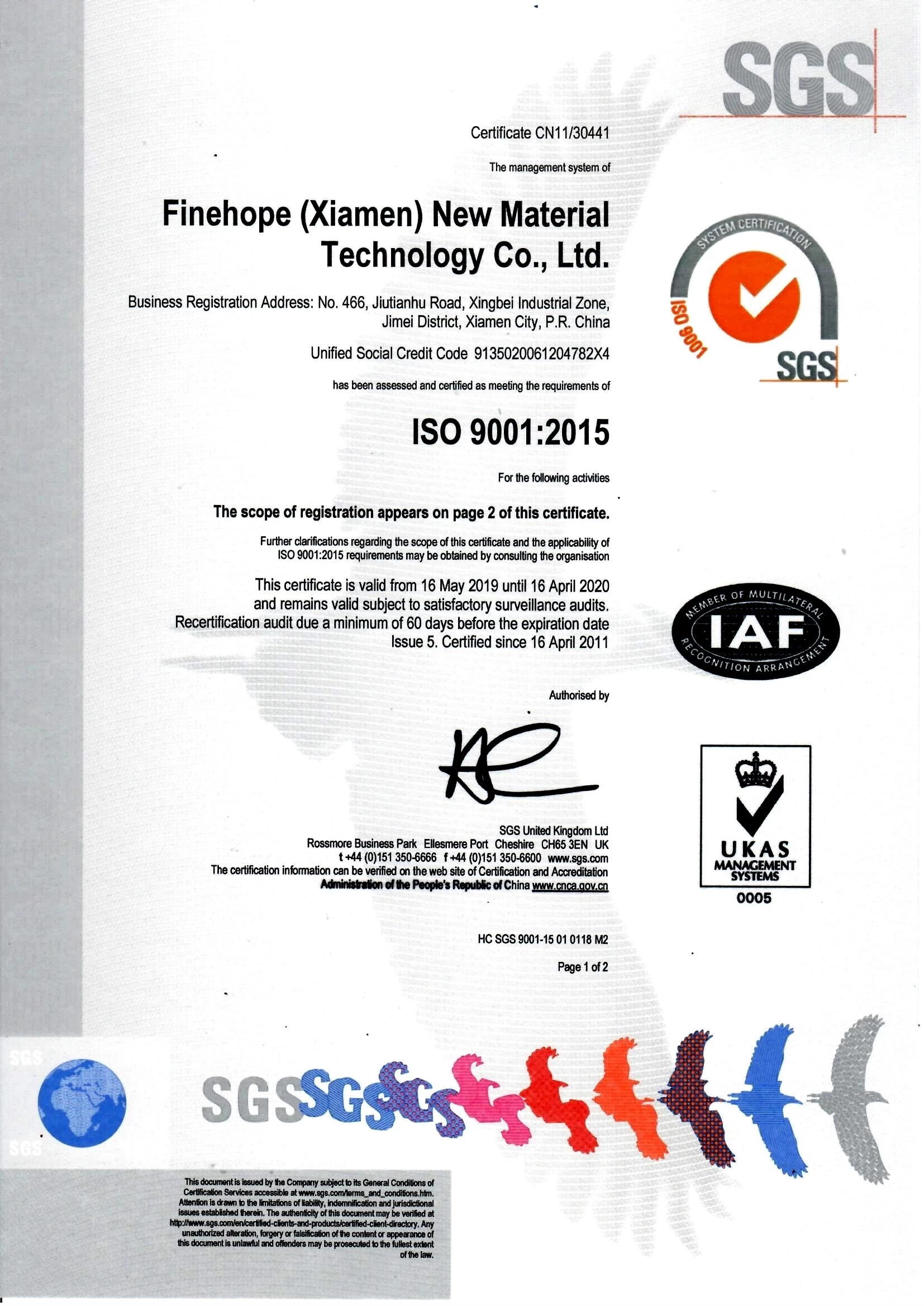How to make the mail reply rate greatly increased
Max lin
2016-09-28 17:06:00


This column will tell you:
- How to write an email that will produce the results you want;
- Why the scientific method can produce practical insights, quickly.
How can I promise this? I've just been reading up on the latest research from Paul Adams and Stefan Hunt of the Financial Conduct Authority - the UK's shiny new financial industry regulator.
I am delighted to report that they've been trying to figure out how to write more effective letters. Better yet, to this end they have conducted a large randomised trial. The wonderful conclusion: science can help us write more clearly.
The letters in question were being written by a company to 200,000 former customers. The letters raised the prospect of a mis-sold product and offered the possibility of a refund. The question was: which wording would prod customers into claiming their money? The FCA researchers, in co-operation with the company in question, designed variants of the letter, mailed each variant to 1,000 customers, and compared the response rates.
The original letter looks brief and to the point, but on closer inspection it buries the key detail: the customer may be entitled to a refund. Response rates to this letter were dismally low, less than 2 per cent. Perhaps that is no surprise - the recipients were ex-customers with every reason to throw the letter in the bin, unopened.
The experiment did the sort of thing that profit-seeking companies have been doing for many years: it tested seven different tweaks to the way the letter was written or presented. There are 128 different ways to combine these seven tweaks, and with each of 128 variants sent to 1,000 customers the experiment had a lot of power to pinpoint even quite small effects.
Here are three tweaks that made little difference: printing “important: please read and act quickly” on the envelope induced a minuscule extra response; adding the regulator's logo achieved nothing; using the company CEO's name and signature instead of “customer services team” actually dissuaded people from responding.
But four other tweaks had substantial effects: first, cutting a paragraph of waffle that had helped to bury the message about the refund; second, pointing out that a five-minute phone call would suffice to make a claim; third, sending a follow-up letter. And twice as large as any of these effects was adding a couple of bullet points in bold at the top with the key message: you may deserve a refund; if so, call us.
This research has been marketed by the FCA as “behavioural economics exploring how people make financial decisions”, but like similar work on collecting fines and taxes conducted by the Cabinet Office's Behavioural Insight Team, it is simpler and more pragmatic than that. There is no behavioural theory at play here, and nor do we really gain any insight into why consumers are reacting the way they do. But that's fine. Simple, pragmatic research is a sensible thing for a regulator to be doing - and the cost of this kind of experiment is tiny relative to the potential gains.
True, the results are unsurprising: say what you mean; be brief; ask for action; follow up if you hear nothing. But this is important. It's important because it shows a regulator with an interest in learning and improving, and it's important because while the advice is common-sense, it's advice that many people - and even more bureaucracies - fail to heed.
And even if the findings seem obvious, the effect is huge. The best letter received seven times as many responses as the original one. The three best tweaks each made more of an impact than the decision to send a letter at all rather than nothing. Brevity and clarity matter: advice worth taking next time you write an email.
Related news:
- Polyurethane Chinese supplier of high quality green stroller tires, durable baby stroller tire, PU foam tire casting
- Polyurethane Chinese suppliers skate wheels, custom PU skate wheels, multi-colored skate wheels
- Chinese polyurethane casting resin suppliers skate wheels, PU skateboard wheels, PU wheels wear skates
- Polyurethane foam manufacturer PU wheels, polyurethane luggage wheels, PU wheels wear
- Polyurethane casting resin suppliers cart PU wheel, shopping cart PU wheels, polyurethane wheels Shopping

















